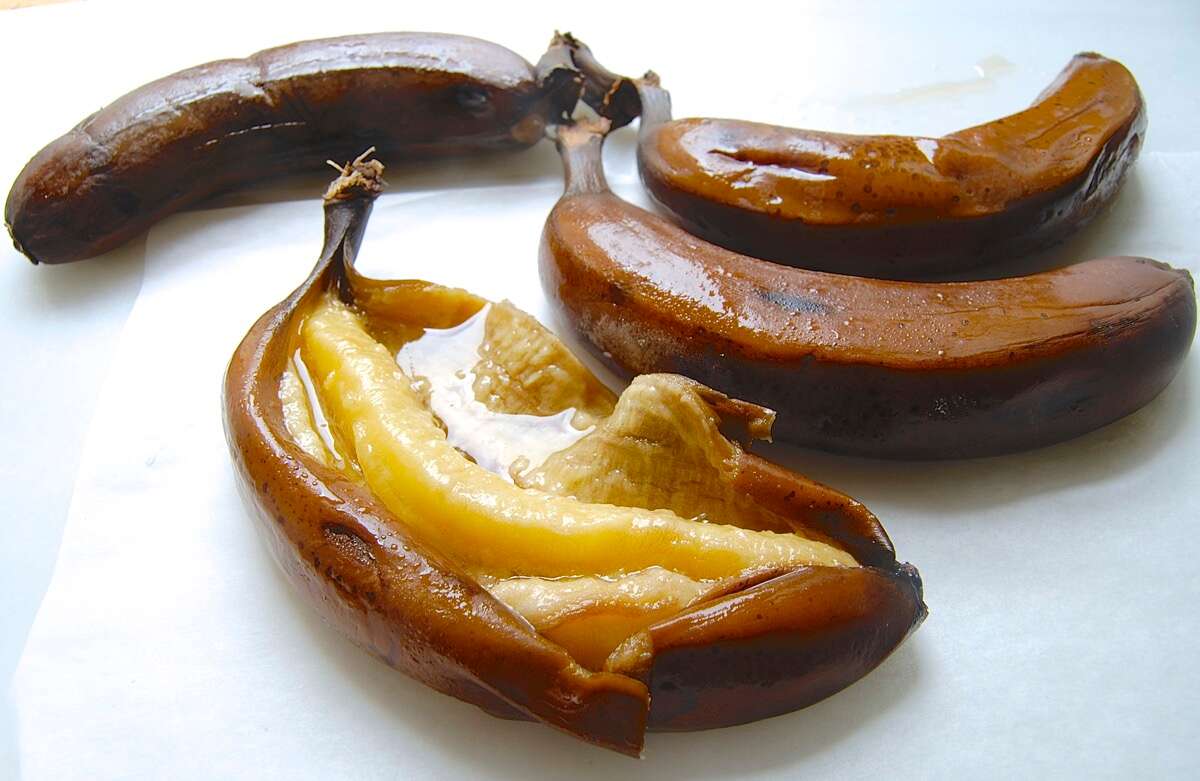

Articles
How To Store Overripe Bananas For Baking
Modified: January 6, 2024
Discover the best articles on how to store overripe bananas for baking. Learn the tips and tricks to extend their shelf life and make delicious banana treats.
(Many of the links in this article redirect to a specific reviewed product. Your purchase of these products through affiliate links helps to generate commission for Storables.com, at no extra cost. Learn more)
Introduction
Overripe bananas are a common sight in many households. These are the spotty, brown bananas that might not look appetizing to eat as is, but they are actually perfect for baking. Overripe bananas have a soft, sweet, and intensely flavored flesh that adds moisture and richness to baked goods. Instead of throwing them away, you can store overripe bananas and use them later for baking delicious treats.
In this article, we’ll explore why overripe bananas are great for baking, how to choose the right bananas for storage, and various methods for storing overripe bananas. Whether you prefer freezing the bananas, making banana puree, or using them to make banana bread, we’ve got you covered. Plus, we’ll provide some handy tips for storing frozen bananas to ensure they stay fresh and ready to use whenever you need them.
So, if you find yourself with a bunch of overripe bananas and an urge to do some baking, let’s dive in and discover how to store those bananas for baking bliss!
Key Takeaways:
- Don’t toss overripe bananas! Store them for baking to enhance flavor, moisture, and natural sweetness in your treats. Freezing, pureeing, or making banana bread are all delicious options.
- Properly stored frozen bananas can be used for months, adding a sweet touch to smoothies, muffins, and more. Label, squeeze out air, and thaw carefully for optimal results.
Read more: How To Store Overripe Bananas
Why Use Overripe Bananas for Baking
Using overripe bananas for baking offers numerous benefits that can take your baked goods to the next level. Here are a few reasons why you should consider using these sweet and mushy bananas in your next baking adventure:
- Enhanced flavor: Overripe bananas have a more intense and sweet flavor compared to their yellow counterparts. The sugars in the bananas become more concentrated as they ripen, resulting in a richer taste that can elevate the flavor profile of your baked goods.
- Moisture and texture: The soft and mushy texture of overripe bananas adds moisture and a delightful tenderness to your baked treats. Whether you’re making banana bread, muffins, or pancakes, the ripe bananas will keep your baked goods moist and prevent them from drying out.
- Natural sweetness: Overripe bananas are naturally sweeter due to the breakdown of starches into sugars. This means you can reduce the amount of added sugar in your recipes or even skip it altogether, making your baked goods healthier without compromising on taste.
- Banana flavor profile: Using ripe bananas allows you to fully enjoy the distinct flavor of bananas in your baked goods. The flavor comes through more prominently, adding a delicious and familiar taste that everyone loves.
- Versatility: Overripe bananas can be used in a wide variety of baked goods. From classic banana bread and muffins to pancakes, waffles, and even cookies, the possibilities are endless. Don’t limit yourself to just one recipe – experiment and get creative with your overripe bananas!
By using overripe bananas in your baking, you not only reduce food waste but also create baked goods that are moist, flavorful, and irresistibly delicious.
Choosing the Right Bananas
When it comes to selecting bananas for baking, it’s crucial to choose the right ones to ensure optimal flavor and texture in your baked goods. Here are a few tips to help you pick the perfect bananas:
- Ripe and spotted: Look for bananas that are yellow with brown spots or speckles. These indicate that the bananas are fully ripe and have reached the ideal sweetness and texture for baking. Avoid bananas that are still mostly green or have green tips, as they are not yet ripe enough.
- Mushy to the touch: Gently squeeze the bananas to determine their ripeness. Overripe bananas will be soft and mushy to the touch. If the bananas are still firm, they need more time to ripen. You can speed up the ripening process by placing them in a paper bag with an apple or a ripe banana.
- Fragrant smell: Ripe bananas emit a sweet and fragrant aroma. Take a sniff near the stem end of the banana – if it has a pleasant smell, it’s likely ripe and ready to use.
- Quantity: Consider the amount of bananas you’ll need for your baking project. If you plan to make a small batch of muffins, a couple of overripe bananas may suffice. However, for larger recipes or if you’re freezing bananas for future use, it’s best to have a larger quantity of bananas on hand.
- Organic vs. conventional: If possible, opt for organic bananas. They are grown without synthetic fertilizers and pesticides, which can leave residues on the fruit. Organic bananas tend to have a more natural and authentic flavor.
Remember, the more ripe and spotty the bananas, the better they will be for baking. Don’t be deterred by their appearance – those brown speckles mean the bananas are at their prime for creating delicious baked treats!
Preparation for Storage
Before diving into the various methods of storing overripe bananas, it’s important to prepare them properly for storage. Follow these steps to ensure your bananas are ready for freezing, making puree, or baking:
- Peel the bananas: Start by peeling the overripe bananas. The skin will turn brown as bananas ripen, so removing it is essential before storage. You can easily peel the bananas by gently pulling down on the stem or using a knife to slice through the skin.
- Slice or mash: Depending on the storage method you choose, you can either slice the bananas or mash them. Sliced bananas are ideal for freezing or using in quick breads and muffins, while mashed bananas are perfect for making puree or incorporating into cake batter.
- Measure quantities: If you plan to freeze the bananas in specific portion sizes, measure out the desired quantities. This will make it easier to grab the right amount when needed for future recipes.
- Use lemon juice (optional): If you’re concerned about the bananas turning brown during storage, you can dip the sliced bananas in lemon juice. The acid in the juice will help slow down the oxidation process and keep the bananas looking fresh. However, this step is optional and not necessary for all storage methods.
By taking the time to properly prepare the overripe bananas, you’ll ensure that they are ready to be stored and used in your favorite baking recipes. Now that the bananas are prepped, let’s explore the different methods of storing overripe bananas!
Method 1: Freezing Overripe Bananas
Freezing overripe bananas is one of the most popular methods for storing them to use in future baking projects. Freezing not only preserves the bananas but also adds a creamy texture to your baked goods. Here’s how you can freeze your overripe bananas:
- Slice the bananas: Start by slicing the overripe bananas into rounds or chunks. The size of the slices will depend on how you plan to use them in your recipes. For example, smaller slices are easier to blend into smoothies, while larger chunks are great for adding into muffins or breads.
- Arrange on a baking sheet: Take a baking sheet lined with parchment paper or a silicone mat. Arrange the banana slices in a single layer on the sheet, making sure they don’t touch each other. This will prevent them from sticking together during the freezing process.
- Pre-freeze: Place the baking sheet with the banana slices in the freezer and allow them to pre-freeze for about 1-2 hours. This will prevent them from clumping together and make it easier to portion them later.
- Transfer to freezer bags or containers: Once the banana slices are pre-frozen, transfer them to freezer-safe bags or containers. Label the bags with the date and quantity of bananas for easy reference later. Squeezing out any excess air from the bags will help prevent freezer burn.
- Return to the freezer: Seal the bags tightly or close the containers and place them back in the freezer. The frozen bananas can be stored for up to 3 months.
Now, whenever you need ripe bananas for your baking endeavors, simply remove the desired quantity from the freezer and thaw them. The bananas will become soft and mushy, ready to be used in your favorite recipes.
Note: If you prefer having banana puree on hand, you can also freeze mashed bananas in ice cube trays and then transfer the cubes to freezer bags. This allows for easy portioning when adding the puree to your recipes.
Freezing overripe bananas is a convenient way to keep them on hand for when baking inspiration strikes. Let’s move on to another method of storing overripe bananas: making banana puree.
To store overripe bananas for baking, peel and freeze them in a sealed container. This will keep them fresh and ready to use in recipes.
Read more: How To Store Baked Banana Bread
Method 2: Making Banana Puree
Another great way to store overripe bananas for baking is by making banana puree. Pureed bananas are incredibly versatile and can be used in various recipes, including cakes, cupcakes, pancakes, and more. Here’s how you can make banana puree:
- Mash the bananas: Start by mashing the overripe bananas using a fork or potato masher. Mash them until the bananas reach a smooth and creamy consistency.
- Measure the puree: If you prefer to have pre-measured portions of banana puree for your recipes, use a measuring cup to portion out the desired quantity. This makes it easier to use the puree in specific recipes without the need for additional measurements.
- Transfer to storage containers: Place the banana puree in airtight containers or freezer-safe bags. Make sure to leave some space at the top of the containers for expansion during freezing.
- Label and freeze: Label the containers with the date and quantity of the banana puree. Then, place them in the freezer. The banana puree can be stored for up to 6 months.
When it’s time to use the banana puree, simply thaw the desired amount in the refrigerator overnight or microwave it for a few seconds to soften it up. The puree is ready to be incorporated into your favorite recipes, adding moisture and natural sweetness.
Banana puree is not only convenient for baking but can also be used in smoothies, baby food, or as a substitute for oil or butter in certain recipes. Plus, it’s an excellent way to add nutrition and flavor to your culinary creations.
Now that you know how to make banana puree, let’s explore another method for using overripe bananas: making delicious banana bread!
Method 3: Making Banana Bread
If you’re a fan of banana bread, using overripe bananas is the perfect opportunity to whip up a delicious loaf. Banana bread is a classic and versatile baked good that can be enjoyed for breakfast, as a snack, or as a dessert. Here’s a simple method for making banana bread using your overripe bananas:
- Gather your ingredients: In addition to the overripe bananas, you will need basic baking ingredients such as flour, sugar, eggs, butter or oil, baking powder, and a pinch of salt. Consider adding extras like nuts, chocolate chips, or spices to customize your banana bread.
- Mash the bananas: Start by mashing the overripe bananas in a bowl until they are smooth and no large chunks remain. The amount of banana needed will depend on your recipe, so refer to the measurements specified.
- Mix the wet ingredients: In a separate bowl, combine the mashed bananas with the eggs, melted butter or oil, and any additional wet ingredients required by your chosen recipe. Whisk the mixture until well combined.
- Combine the dry ingredients: In a separate bowl, whisk together the dry ingredients, including the flour, sugar, baking powder, and salt. If your recipe calls for spices, add them in at this stage as well.
- Combine wet and dry ingredients: Gradually pour the wet mixture into the dry mixture, stirring gently until just combined. Be careful not to overmix, as this can result in a dense and heavy banana bread.
- Add extras: If you’re incorporating nuts, chocolate chips, or any other additions, fold them into the batter gently until evenly distributed.
- Bake the banana bread: Transfer the batter to a greased loaf pan and smooth the top. Bake in a preheated oven according to your recipe’s instructions, typically around 50-60 minutes or until a toothpick inserted in the center comes out clean.
- Cool and enjoy: Once baked, remove the banana bread from the oven and let it cool in the pan for a few minutes before transferring it to a wire rack to cool completely. Slice and enjoy your freshly baked banana bread!
Baking banana bread is a wonderful way to use up those overripe bananas and create a delicious treat that can be enjoyed any time of the day. Get creative with your recipe by adding your favorite mix-ins or experimenting with different variations. Each slice will be moist, flavorful, and filled with the wonderful aroma of bananas.
Now that you have three different methods for storing overripe bananas, whether it’s freezing, making puree, or baking banana bread, you can make the most out of those brown and spotty bananas that would have otherwise gone to waste.
Tips for Storing Frozen Bananas
When it comes to storing frozen bananas, there are a few tips and tricks that can help you keep them fresh and ready for use. Here are some handy tips to ensure your frozen bananas stay in top condition:
- Properly label and date: When freezing bananas, it’s important to label the storage container or bag with the date and quantity. This will make it easier for you to keep track of how long they have been frozen and ensure you use them within the recommended storage time.
- Use freezer-safe bags or containers: Opt for sturdy freezer-safe bags or airtight containers when storing frozen bananas. This helps prevent freezer burn and eliminates the risk of other freezer odors seeping into the bananas.
- Squeeze out excess air: If using bags, squeeze out as much air as possible before sealing. This reduces the chances of freezer burn and helps keep the bananas in better condition.
- Portion sizes: Consider freezing the bananas in portion sizes that match your recipe needs. This way, you can easily grab the right amount without having to thaw the entire batch.
- Use a vacuum sealer: If you have a vacuum sealer, consider using it to seal the frozen bananas. This removes all the air from the packaging, ensuring maximum freshness and preventing freezer burn.
- Thawing methods: When you’re ready to use the frozen bananas, there are a few ways to thaw them. You can either let them thaw in the refrigerator overnight, at room temperature for a few hours, or use the defrost setting on your microwave for a quicker thawing option. Avoid using hot water to thaw frozen bananas, as this can affect their texture.
- Save the liquid: When you thaw frozen bananas, they may release some liquid. Instead of discarding it, save the liquid and add it to your recipes. This liquid is packed with flavor and can enhance the taste of your baked goods.
- Mash or blend before use: Once thawed, you may find the texture of the bananas to be slightly different from fresh ones. To achieve a smoother consistency, mash or blend the bananas before incorporating them into your recipe.
- Use within recommended time: While frozen bananas can be stored for several months, it’s recommended to use them within 3-6 months for optimal taste and texture.
By following these tips, you can ensure your frozen bananas stay in excellent condition and are ready to be used whenever you need them. Whether you’re making smoothies, baked goods, or delicious banana ice cream, having frozen bananas on hand will open up a world of culinary possibilities.
Conclusion
Storing overripe bananas for baking purposes is a smart and practical way to make the most of those spotty fruits. Whether you choose to freeze the bananas, make banana puree, or bake a delectable banana bread, you can embrace the natural sweetness and enhanced flavor that overripe bananas bring to your recipes.
By freezing overripe bananas, you can have a convenient supply of frozen fruit ready to be used in smoothies, pancakes, muffins, or any recipe that calls for ripe bananas. The freezing process preserves their flavor and texture, allowing you to enjoy a taste of sweetness even months later.
Making banana puree is another excellent option, offering versatility and convenience. The puree can be used in a variety of recipes, including cakes, cupcakes, and even as a substitute for fats in some healthier versions of baked goods. It’s a great way to add moisture and natural sweetness to your creations.
Lastly, baking banana bread is a classic and delicious way to utilize those overripe bananas. The soft and sweet flesh of the bananas infuses the bread with a delightful flavor and moist texture. It’s a timeless favorite that can be enjoyed as a breakfast treat or a satisfying snack any time of the day.
Remember, when storing frozen bananas, proper labeling, using freezer-safe bags or containers, and squeezing out excess air are crucial for maintaining their freshness. Thaw the bananas using recommended methods and incorporate them into your recipes to enjoy their natural goodness.
In conclusion, don't let those overripe bananas go to waste. Instead, embrace their potential for baking, freezing, or making puree to enhance your culinary creations. With a little creativity and these storage methods, you can transform those brown and mushy bananas into delectable treats that will surely impress your taste buds and those of your loved ones.
Frequently Asked Questions about How To Store Overripe Bananas For Baking
Was this page helpful?
At Storables.com, we guarantee accurate and reliable information. Our content, validated by Expert Board Contributors, is crafted following stringent Editorial Policies. We're committed to providing you with well-researched, expert-backed insights for all your informational needs.
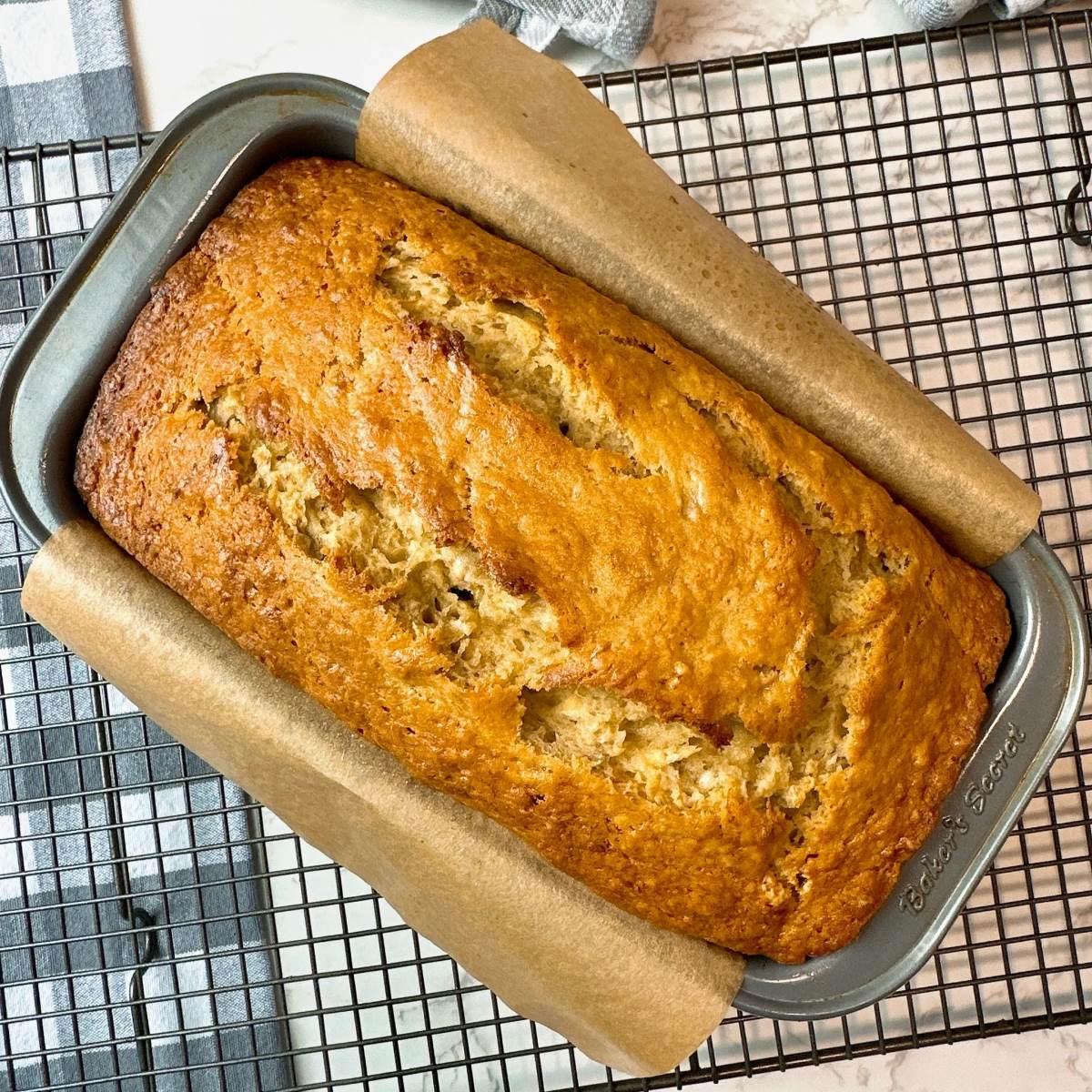
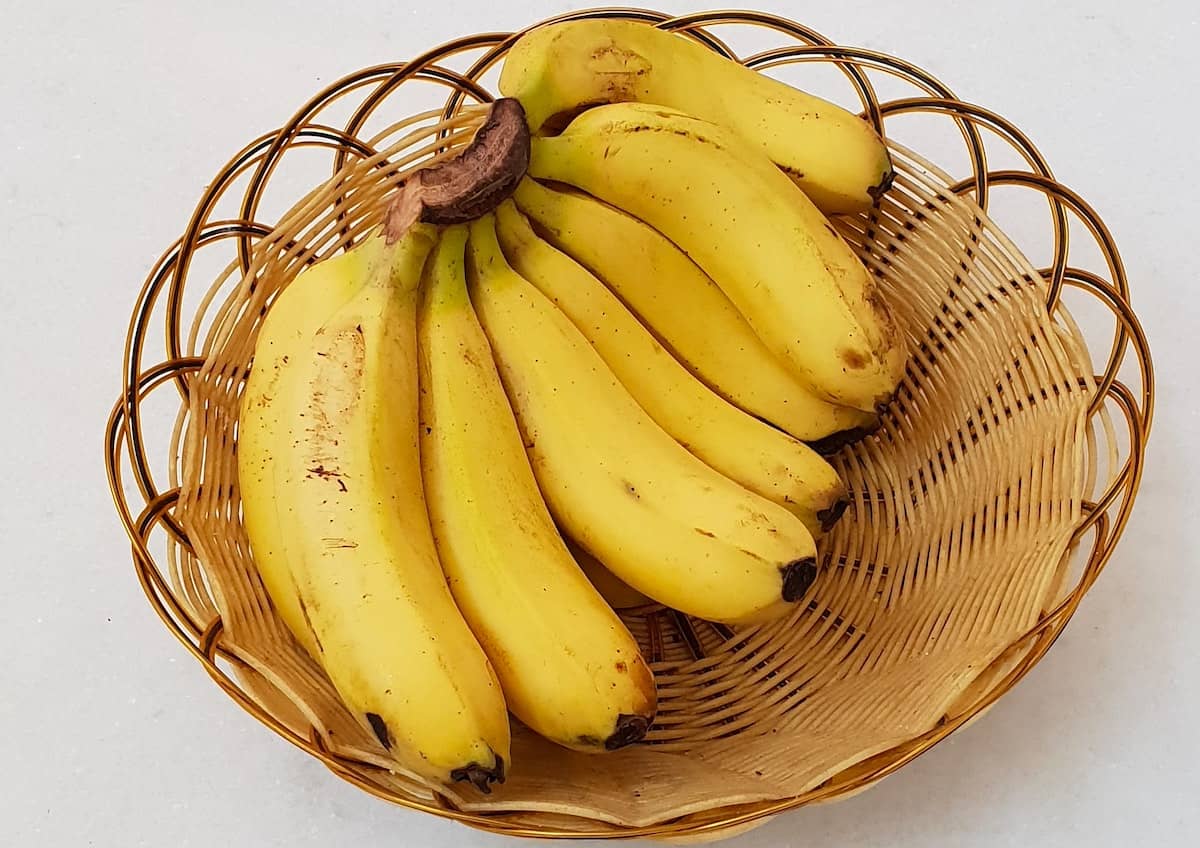
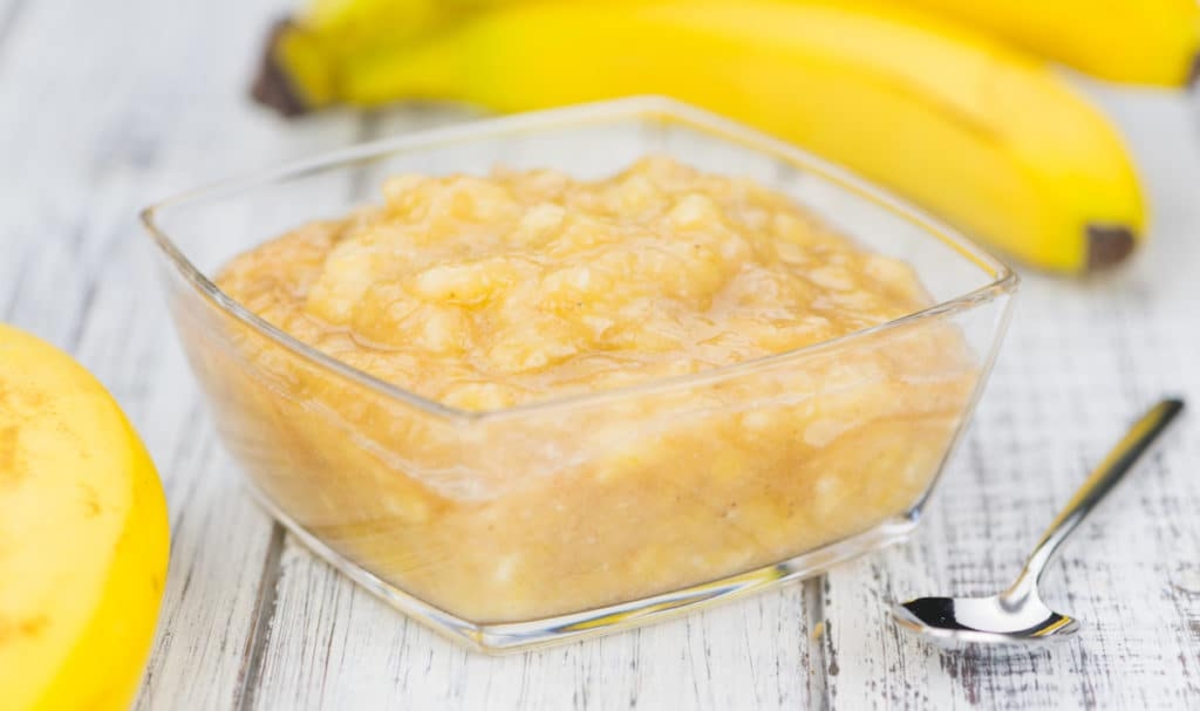
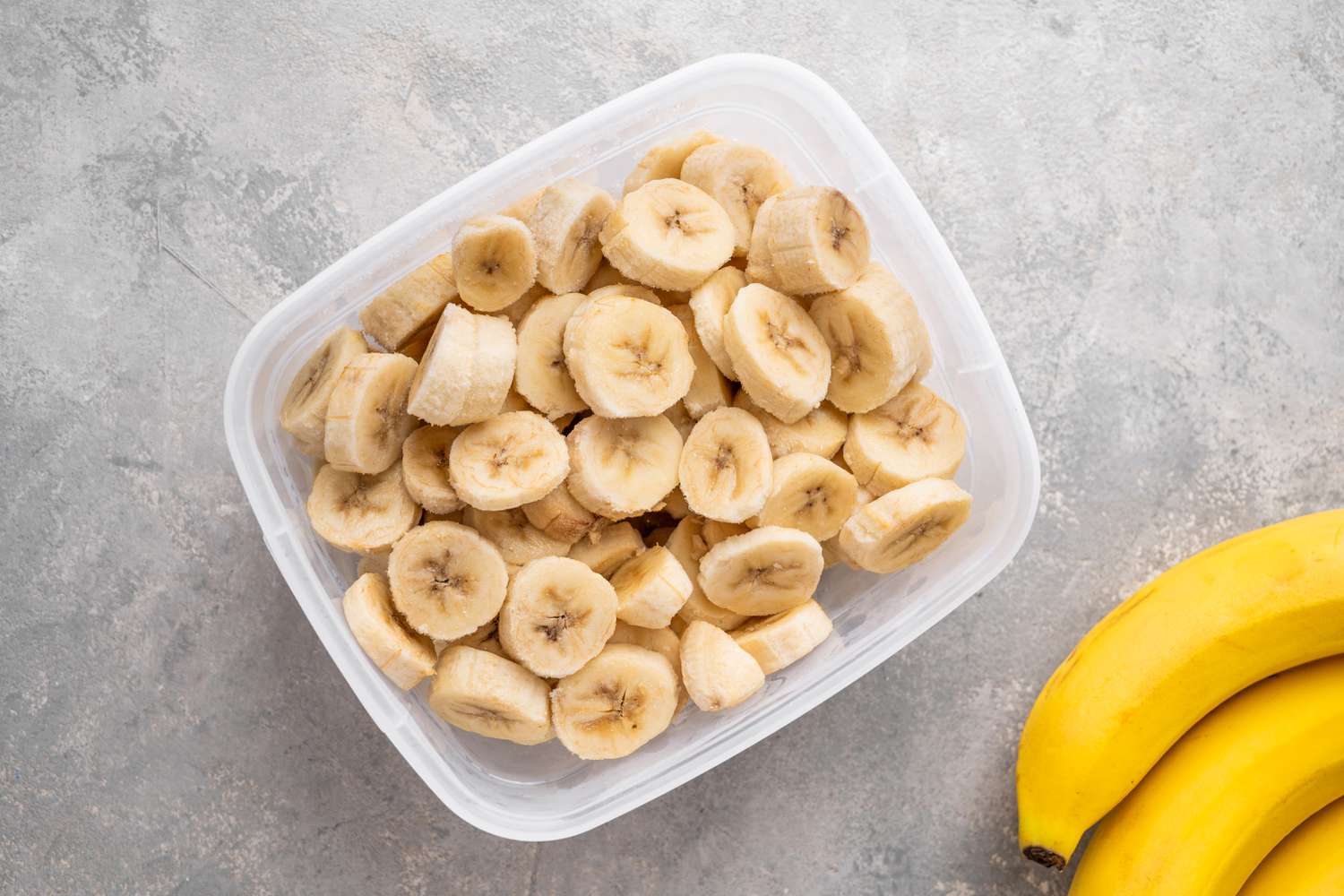
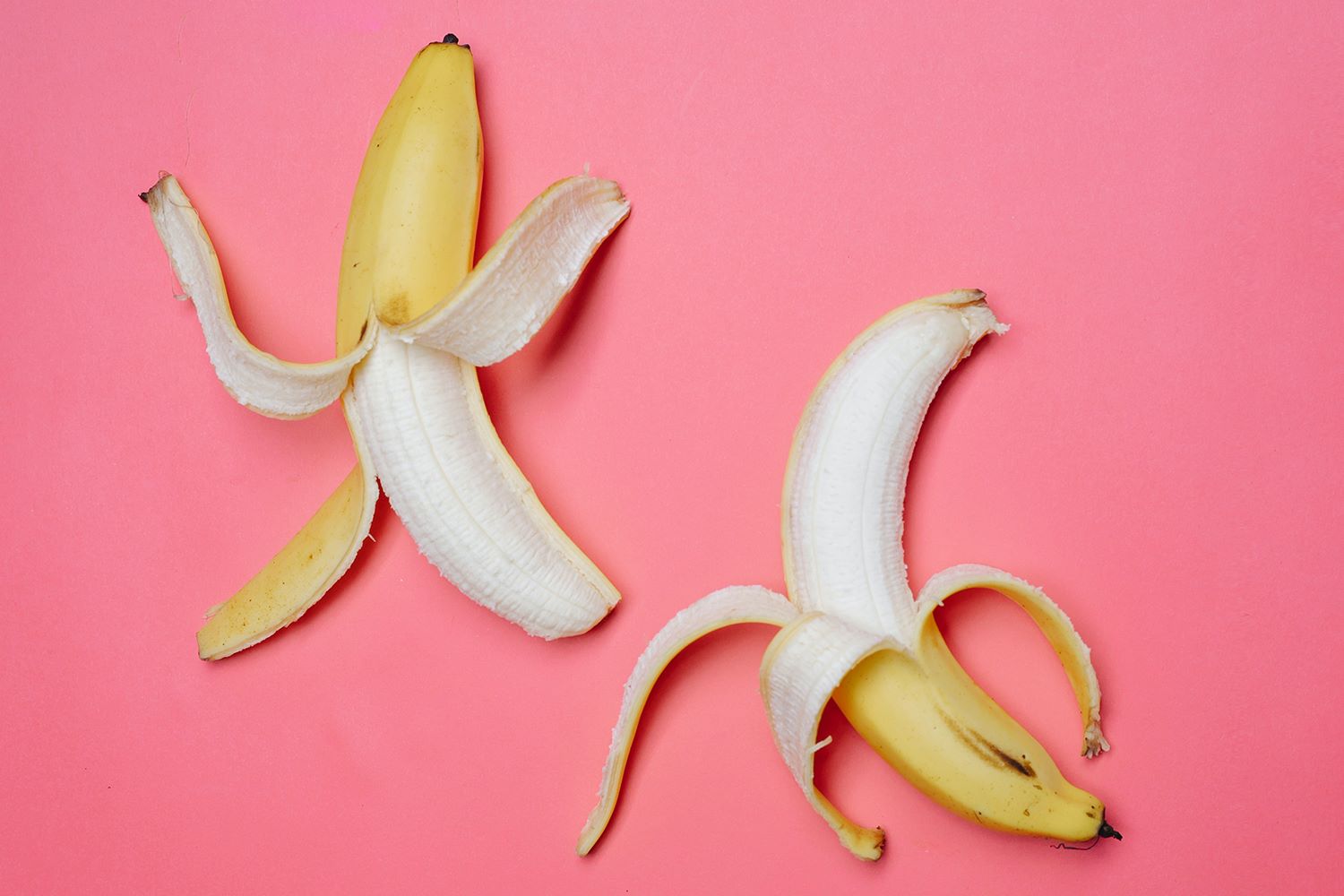
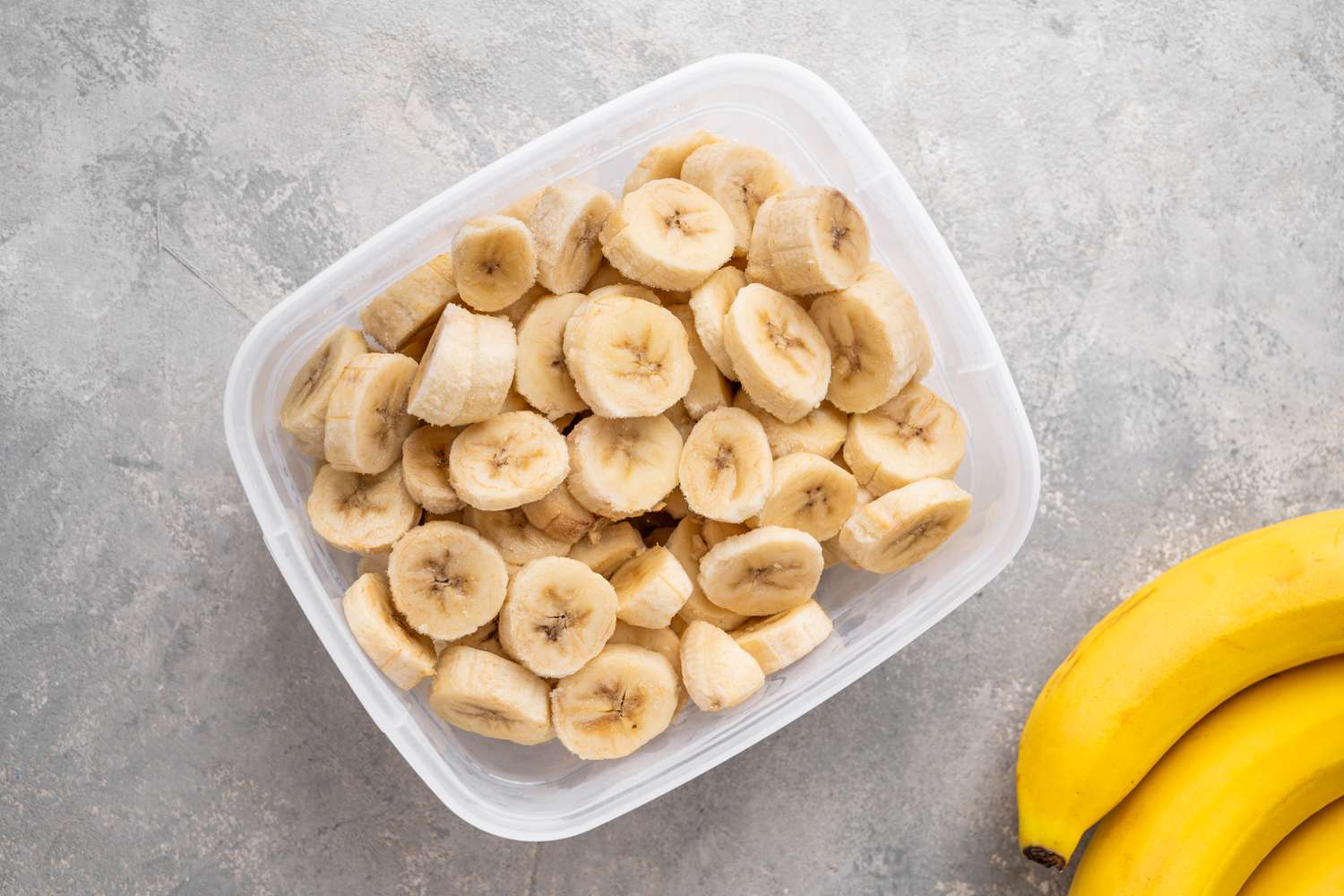
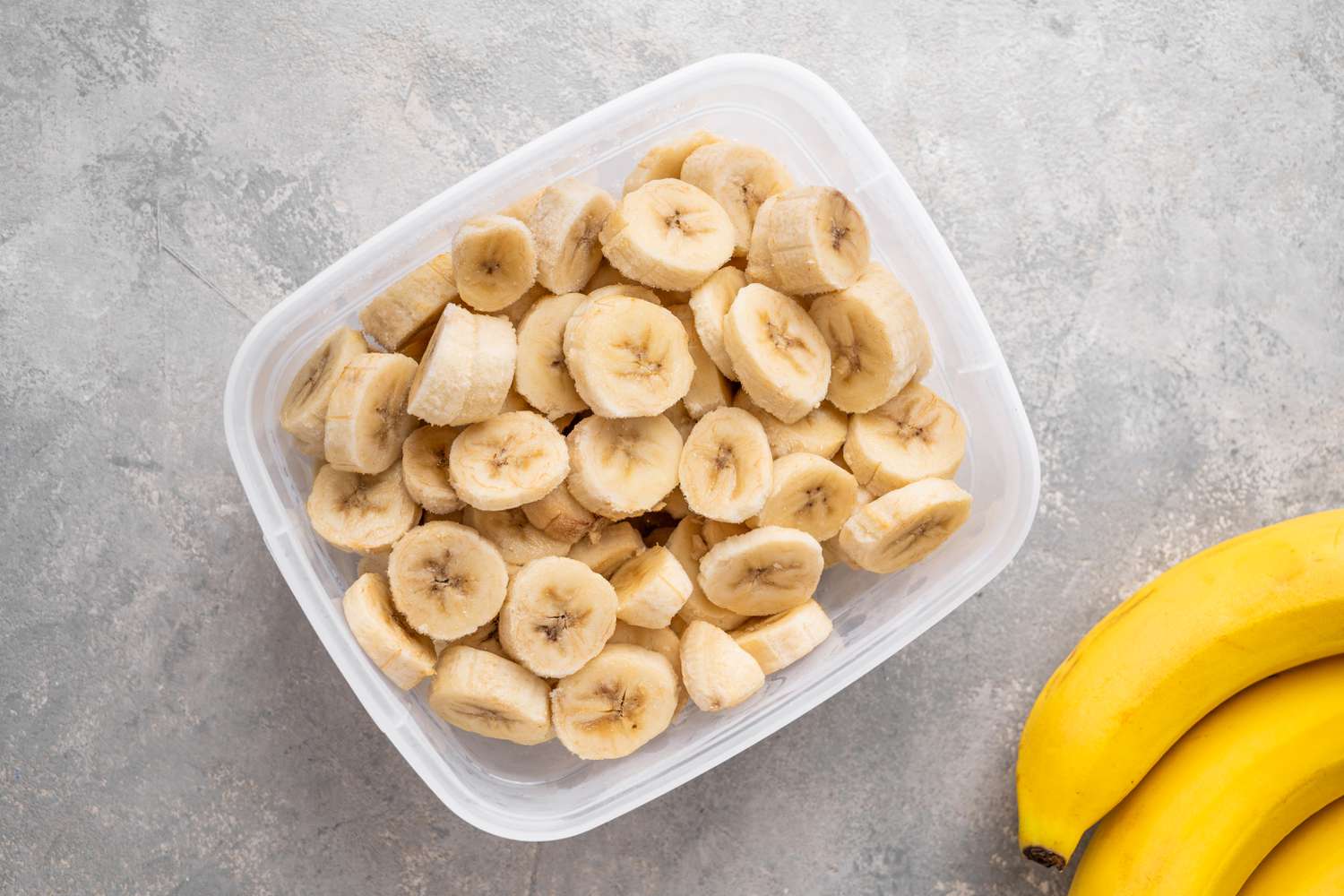
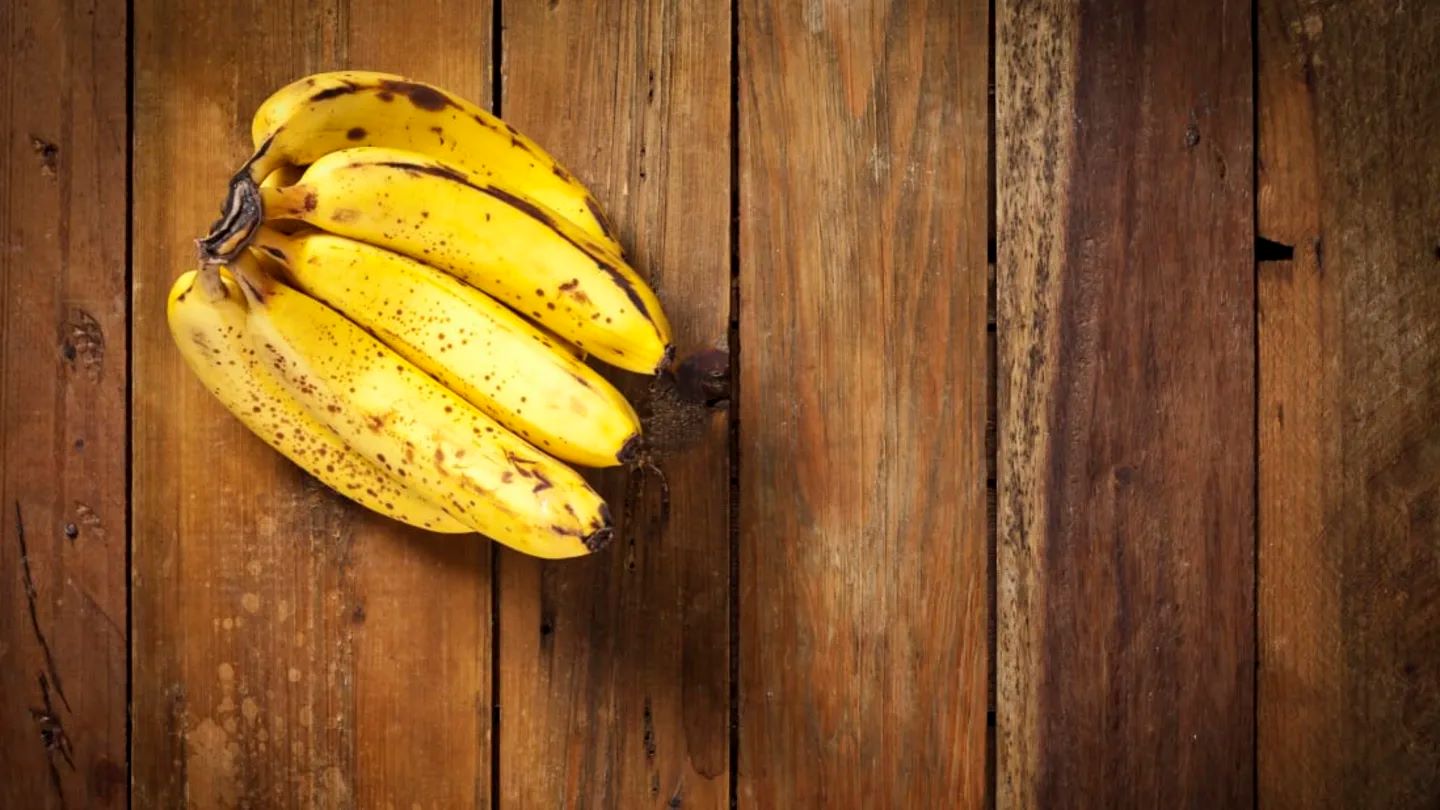
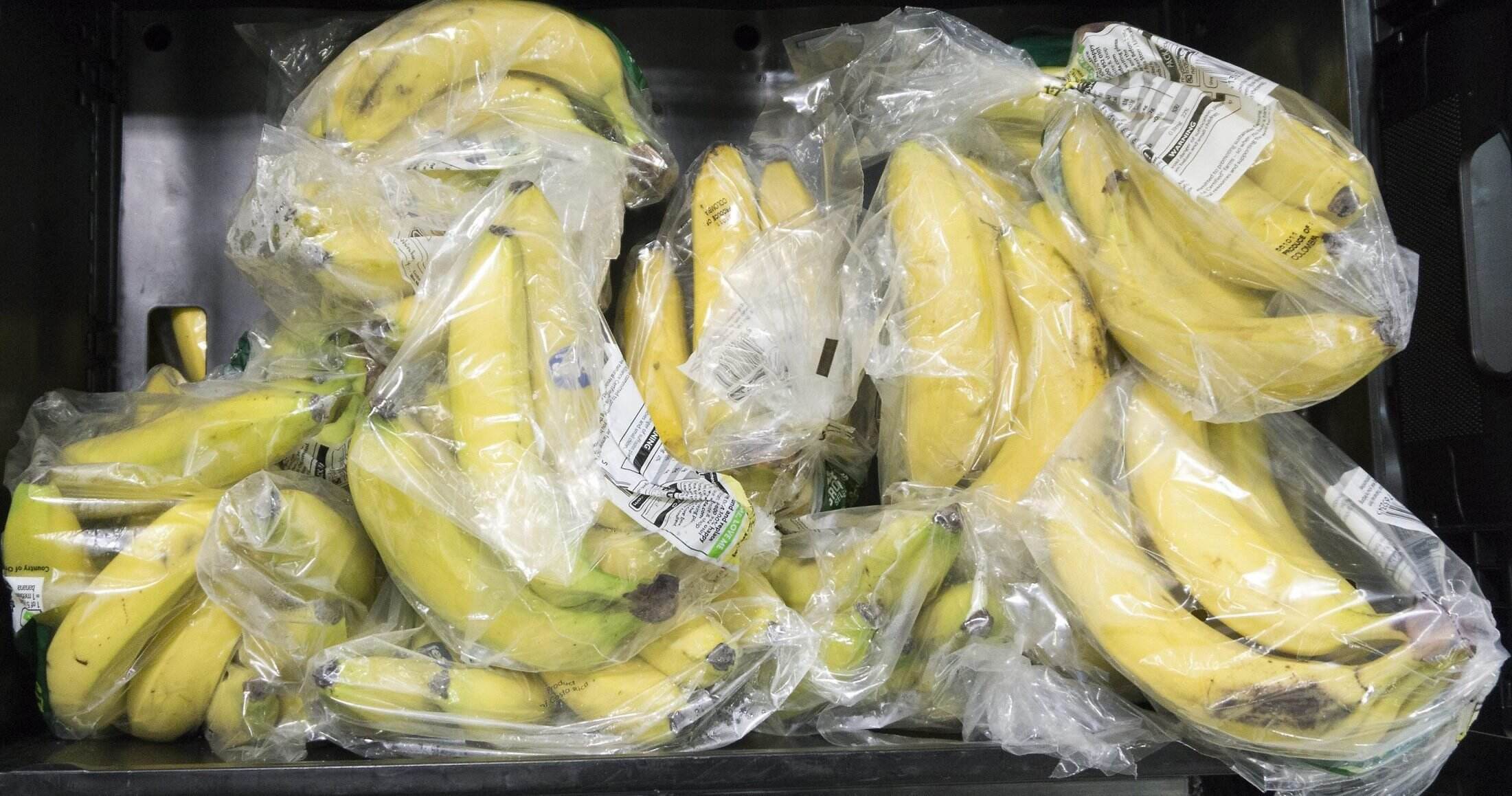
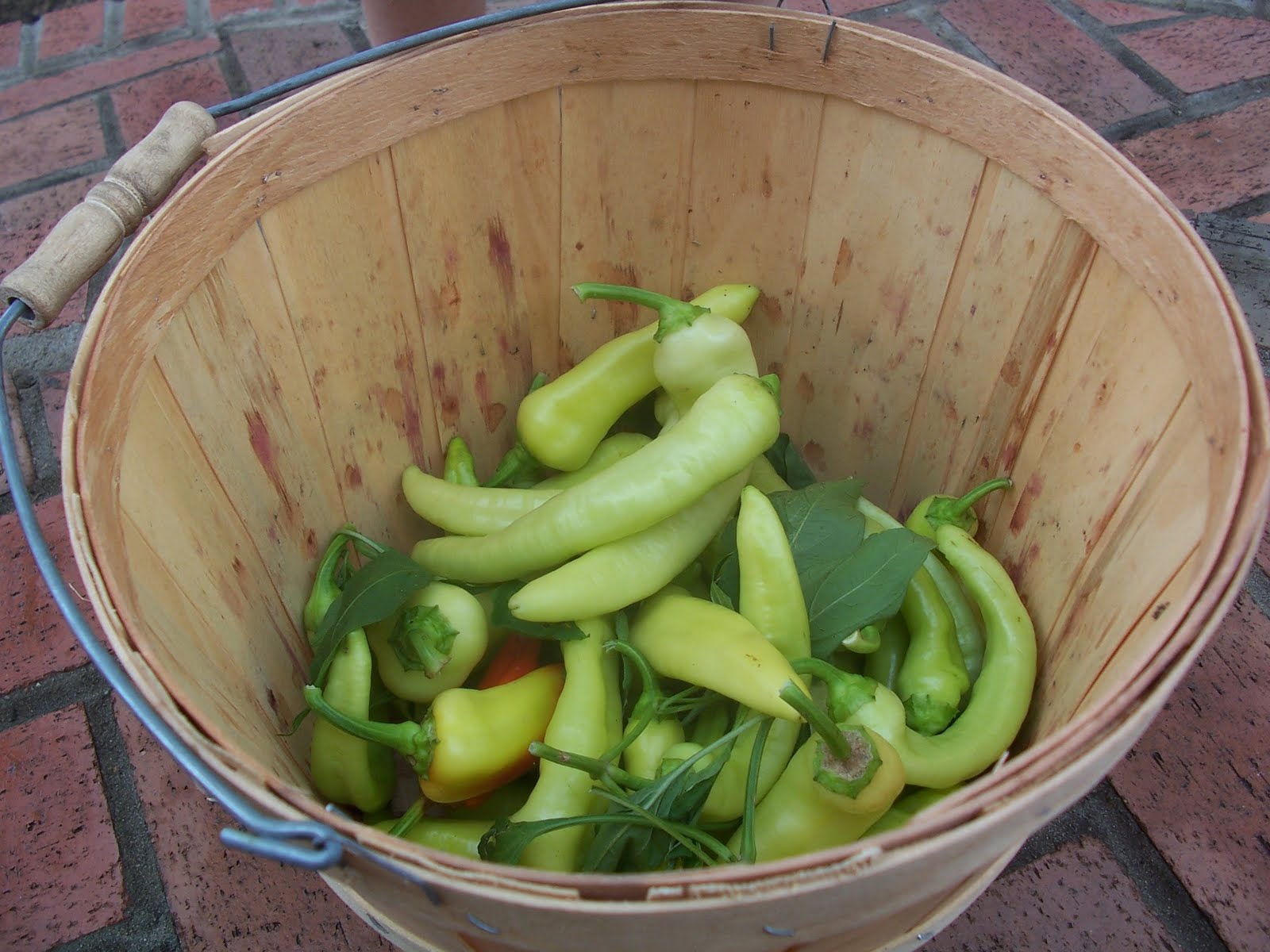
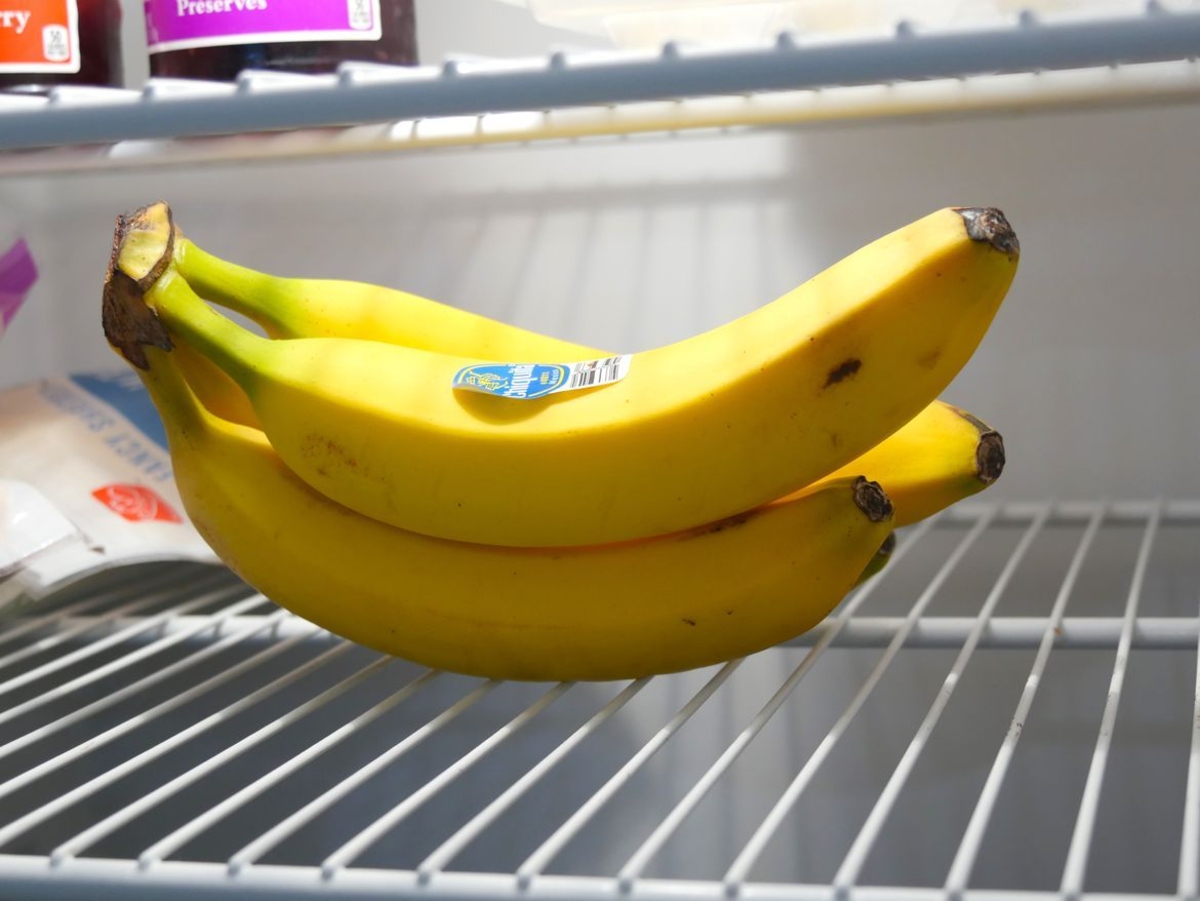
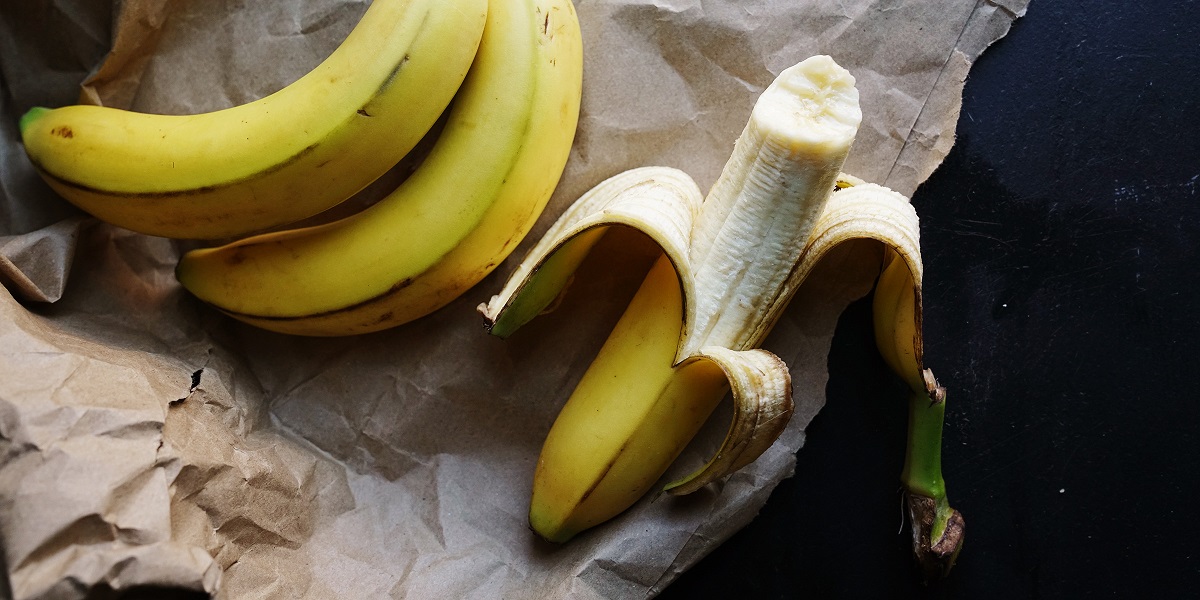
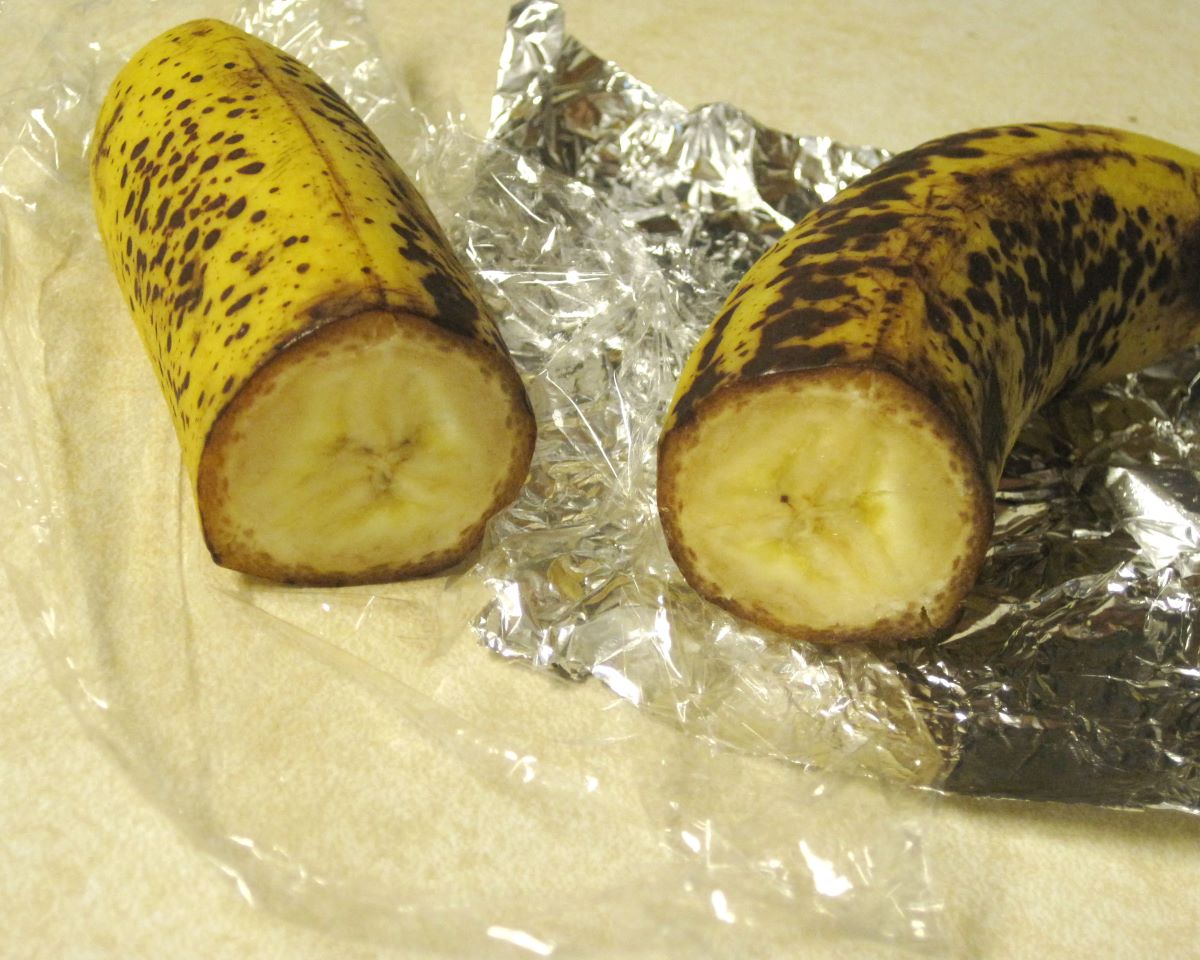
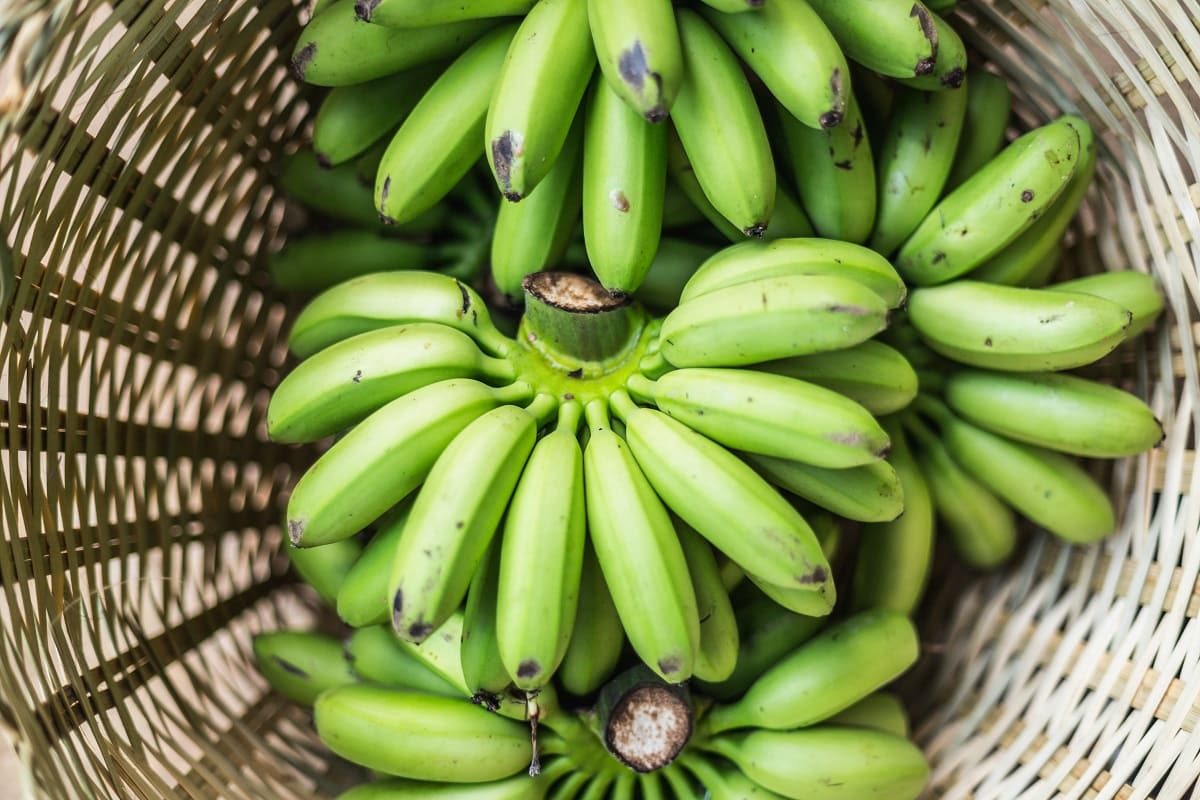

0 thoughts on “How To Store Overripe Bananas For Baking”